My eyes notice them, but my mind does not. It’s a subtle peppering of dots, blending into the natural mosaic of grassland and sage on a distant ridge. I’d see it, register it, but the conscious level of my brain would dismiss it as rocks or a sporadically placed stand of antelope bitterbrush.
But then, the nagging sense of subconscious perception kicks in, and says that I need to take another look. Without thinking about it, reflexively, my torso turns in the saddle, eyes squinting into the sunlight toward that mountain ridge while on a light trot to deal with the fully conscious object at hand: I have to flank off the herd of 450 head of recalcitrant yearling cattle in my care before they vanish into the dark and down Douglas-fir forest thickets that lead down to Skull Flats.
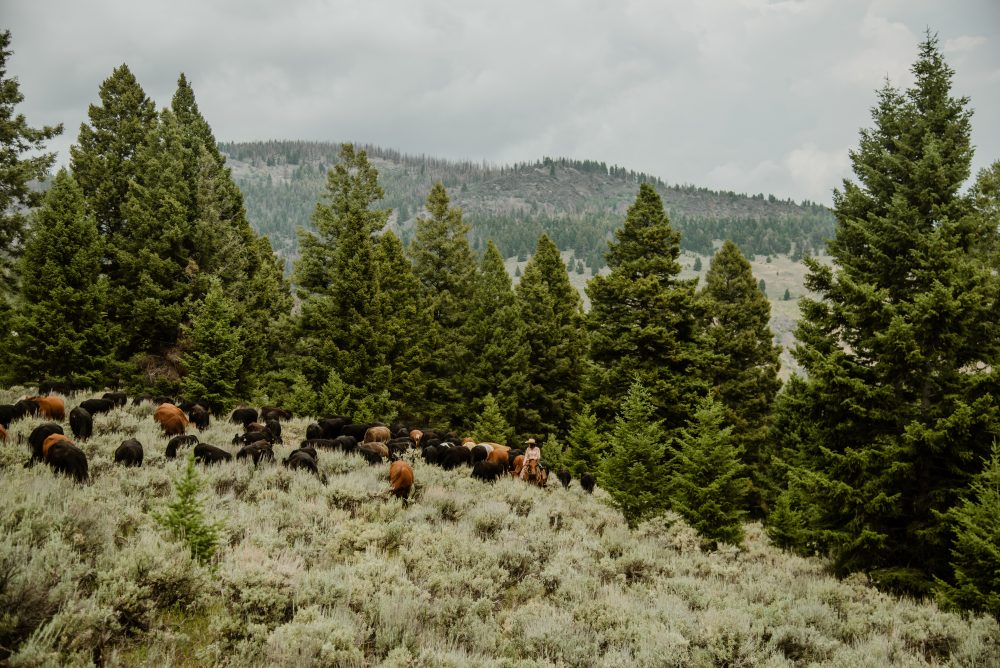
Fact is, with the sun, the trot and all, I can’t focus on those dots, so my hands and legs bring my mare around into a stop. “Hoyoung!”, I yell. “Hey!”
One of the range rider interns is above me. He’s Hoyoung, 20-year-old college student from the faraway Boston College. Despite being out of his element, he’s caught onto this range riding thing quickly, and I know I can depend on him. I call again. “Hoyoung!”
He looks up, and nods acknowledgment. He wheels his buckskin gelding around. “Yeah?”
“Cut those cattle off before they go into that dark patch of timber. It’s a mess down there.” I point to the tight gut-like canyon that the herd is steadily grazing toward.
“Gotcha!” He heads down at a brisk trot to head off the wandering lead steers. They bump off his pressure and the herd is averted back to the open graze of Skull Basin.
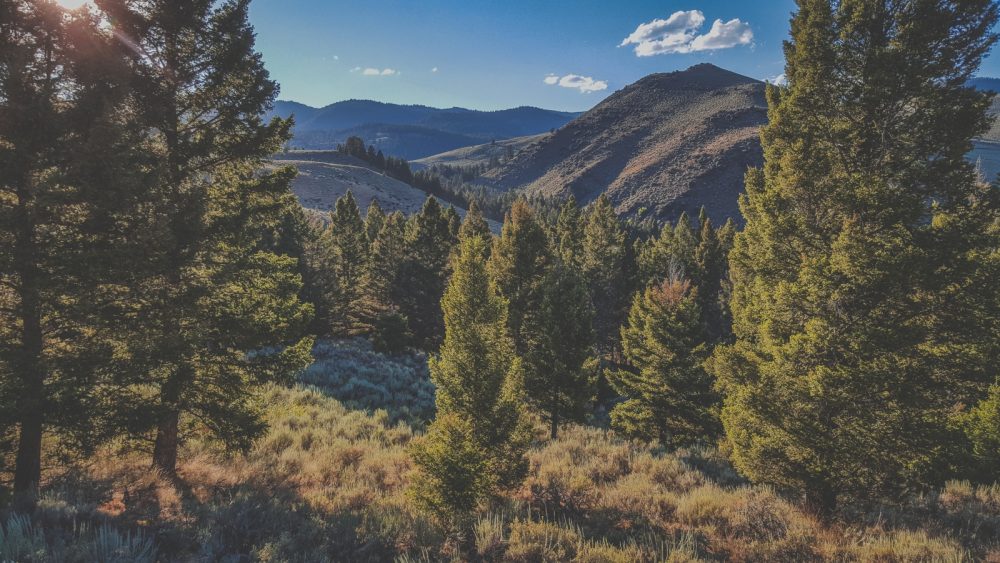
Finally. I am able to focus on those spots on the hill several miles away. Straining my eyes, I scan the ridge, the peak behind it, and even the cliffs below. And they are gone. No rocks. No bushes. Nothing.
Only windswept sage on a ridge and clouds scudding by in the azure blue sun-soaked sky.
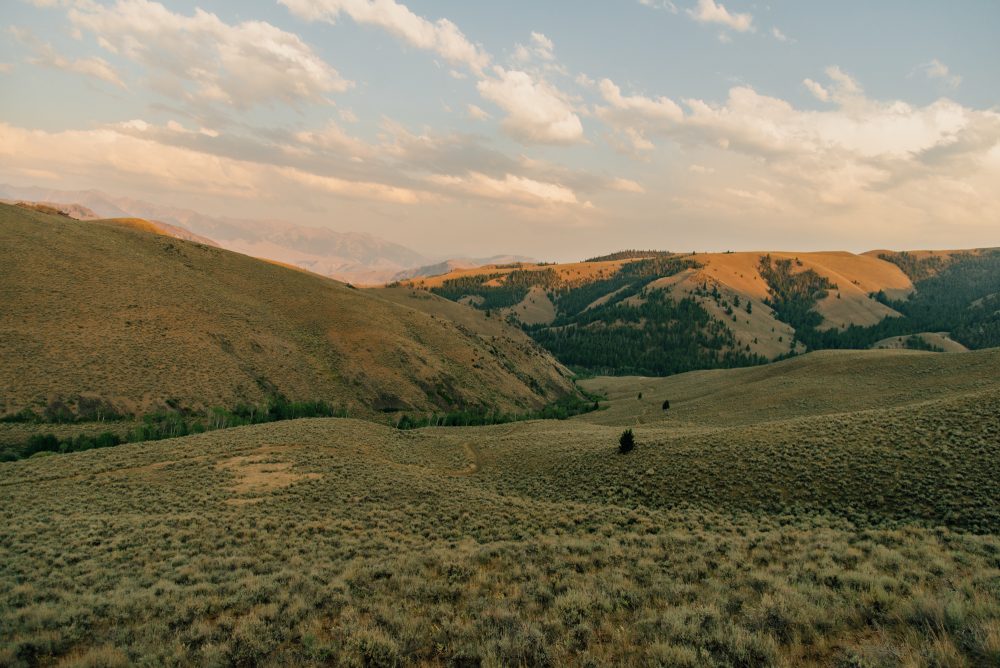
And now I know. They were the wild bunch. The feral range horses of the Hat Creek mountains. As if ghosts of the sage, they drift into sight for a fleeting moment and vanish the next.
I’ve seen it when the low roll of clouds blow through. I spot the distant horse herd, only a quarter-mile away. My mare’s ears are pointed sharply alert, and she is completely focused on her equine counterparts. I don’t think they’ve seen us. Mare stands still, me astride her back, standing there in silence, the wet spring wind tousling her mane and tail, as it is theirs. A bank of fog rolls down from the snow-clad peak above, and comes down like a curtain across the meadow, cutting off our viewshed to perhaps a hundred feet. In another minute, cloud curtain opens. And the meadow is empty.
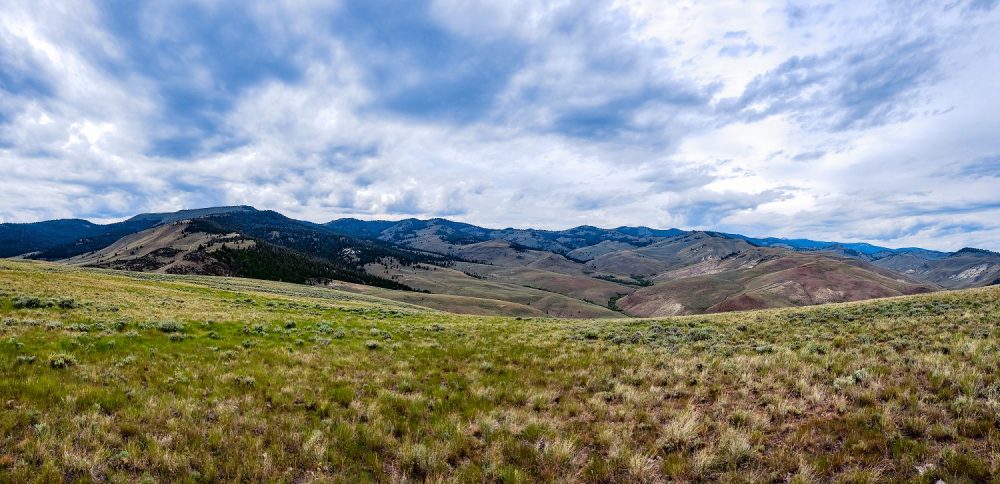
It’s how they operate. Always on the move. Sometimes, we’ll come up on a ridge with the herd, and there they are. They wait for us to come close, their big black draft stud holding ground and flaring nostrils. And then, they’ll make a run for it, and tear down through the big sage, raising dust and sage pollen, not even minding rocks on their bare feet. They’ll run for a mile or two across the broken hills, head into some dark timber across the canyon, and they are gone.
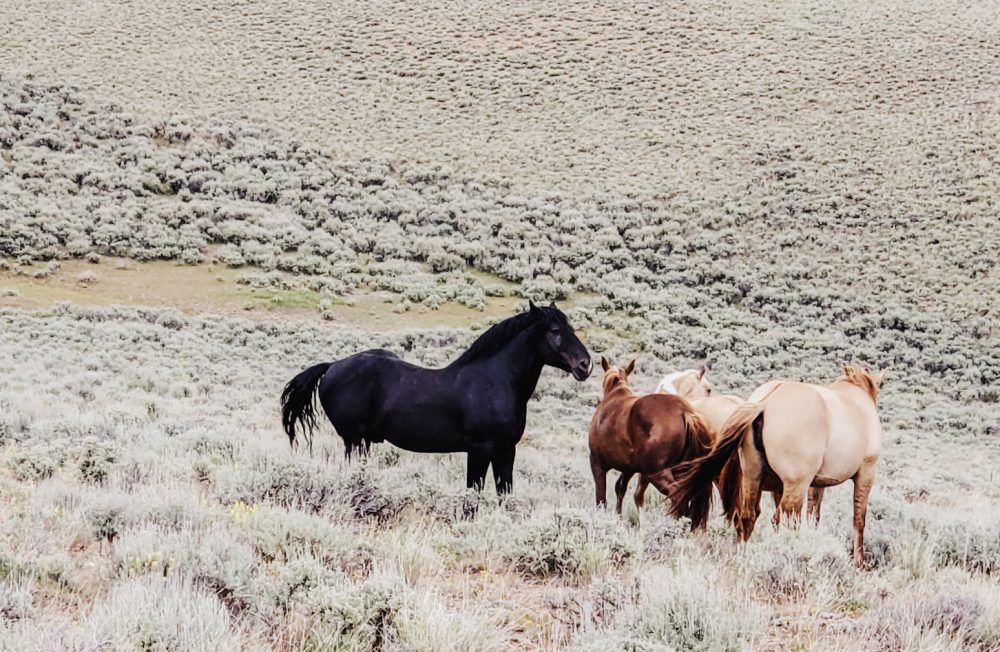
Anti-social? Hardly. Fact is, they are very social, with a clear hierarchy of organization within their bands, of which there are two that we share the country with.
Actually truly wild? Like the Spanish mustangs? No.
Like many “wild” horses in the west, these are simply feral. Former ranch horses that got out or were purposely released to the big open country around valley bottom ranches. The truth of the matter with these particular bands was that they all belonged to Clay Jones, sort of an outlaw rancher in these parts. Clay indeed had permits to run horses on some of the big country around us; just not OUR country. Those herds of horses would find a gap in a fence or a gate left open and wander anywhere they pleased.
Every now and again we’d bump into Clay. Battered black cowboy hat permanently perched on his graying and grizzled scalp, he looked like an outlaw. He’d flash us a broken-toothed grin from the front seat of his tortured Dodge Cummins 4-wheel drive flatbed pickup with 6 Aussie shepherd cross cowdogs aboard.
He was civil, always. Even with those that completely disliked him and hated everything he was about: those Forest Service and US Bureau of Land Management range specialists. Still, Clay was civil.
He rolled up as we waited for him to squeeze by on a mountain road one day, unmufflered Cummins idling, smiling. “Seen any horses?”, his voice rasped out with kind of a smart-ass grin. He sounded like he looked; it was exactly what you expected him to sound like by the way of hat and grizzled face.
I smiled back, but I didn’t answer the question. I politely changed the subject, talking the price of cattle or the weather. He 100% knew the horses were a problem for us. We actually enjoyed seeing them up there, but we had to work carefully to ensure that his bands wouldn’t run off in the night with our saddle horse strings while we were in our backcountry cow camps. We had a few close calls where they’d run through camp at night. Our horses were kept near camp with just a string of electric fence. Clay’s horses had never seen electric fence, and we knew that they’d run right through it and break it if they got too close.
So for the crew, that meant keeping one eye and ear open all through the night. Another piece of territory that occupied a mental bandwith that was already maxed if you were the crew commander up there in the backcountry.
On occasion, we had to pull pistols out. We’d never shoot at the horses themselves, but would fire a few warning rounds into the air to send the Clay interlopers off, tails up, running with happy abandon, joyfully bucking their way effortlessly across the thick sage and rocks, showing off their agility and obvious superiority in movement in this, some of the most brutalizing vertical wild grassland landscape in America.
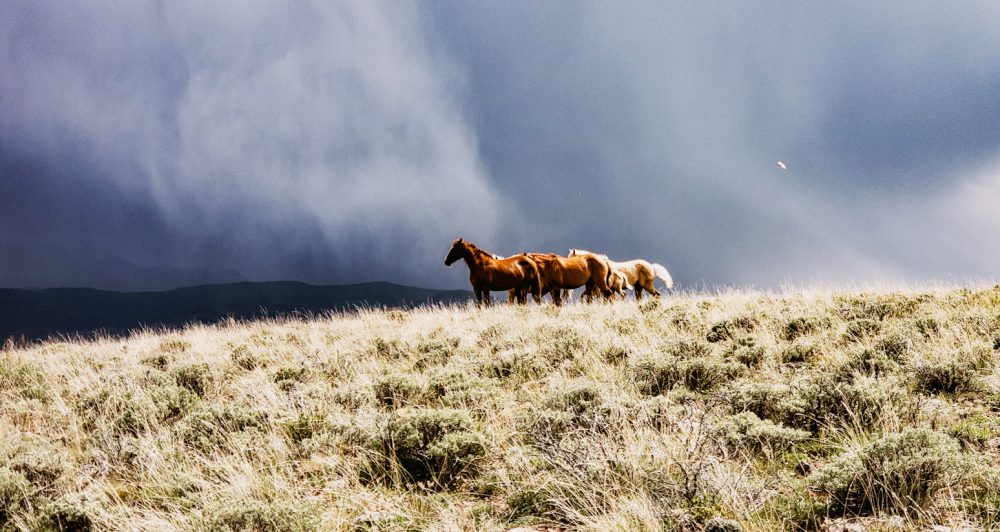
They’d just stop up on the ridge, and watch our camp and cattle from a distance. It wasn’t to catch their breath: these horses were born to run, literally on these rangelands. Those without the right foot or bone fit for the country simply succumbed and became wolf, coyote, and cougar food.
It took a bit to realize what was going on, but we soon gathered that we were entertainment for them. Our camps, cattle and crew with their tents and cookshack singing, they found curiously interesting. But there was another point of interest that I began to perceive: I had no doubt that the big studs (there were two) wouldn’t mind the addition of some of our nice young mares to their harems.
They were the sheiks, the kings of the range domain. And their business was that of staking claim of ownership in the ones of their band–and the country they ran in.
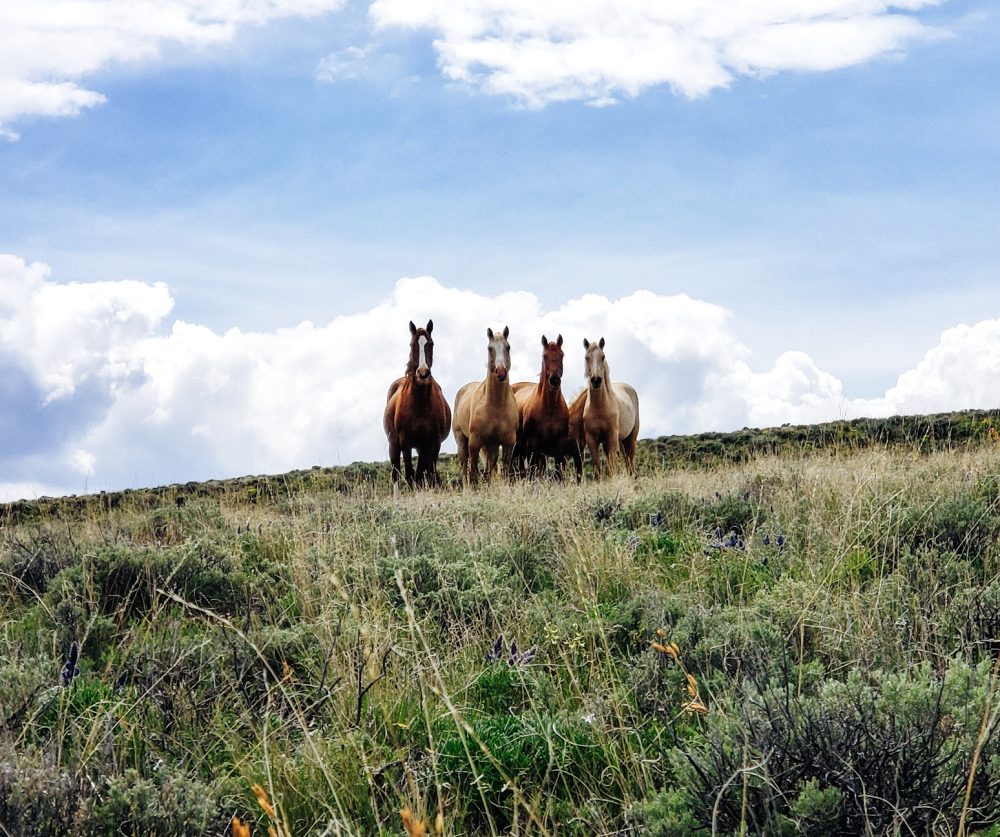
****
A knife-sharp arctic wind came cutting down the valley from the jagged crest of the snow and ice bound Lost River Range. Their 12,000 foot summits practically scratched the sky open to leak moisture; their near-vertical uplifts created their own weather, and snow fell wherever downwind was. Thankfully, the snow was above us, and, and we were free from blizzard, instead standing in a naked corral just down from the broad uninhabited valley we call Antelope Flats.
We weren’t alone in that corral. Besides me were 4 of my daughters and Billy, our friend and neighbor from the next valley. Besides us humans, there were almost 20 horses milling around the big pen. They regarded us with a mixed reception. Some pranced around us nervously and occasionally went into full gallop as they made their way around, wide-eyed, with nostrils wide open, scenting our untrustworthy vibe as they roared by. One bit and kicked his way through the bunch in some sort of exhibitionist display. Then, a small group just stood their ground, wind sweeping wild-blown tails and manes, eyeing us with curiosity more than anything.
Unlike us humans, they were not cold.
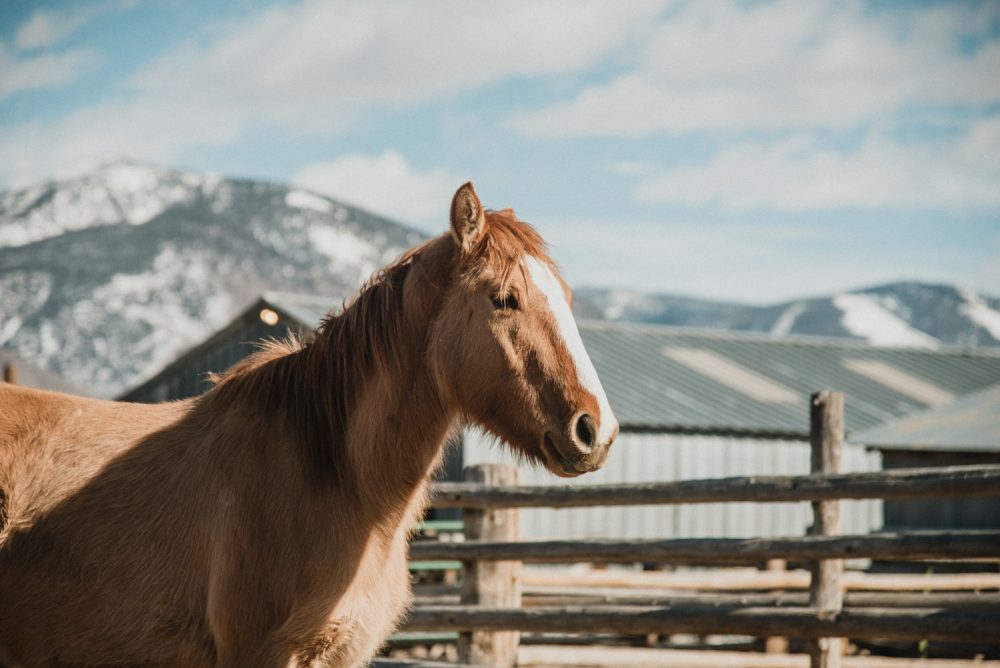
And they were almost all categorically wild. Nearly all of them were born out in the wild backcountry of the Sagebrush Ocean, that expanse of open mountain, foothill and canyon country. It was de-facto wilderness, completely detached from human habitation, where they essentially ran wild, fenceless and free.
And that was the coincidence so worth mentioning: it wasn’t the first time we had met many of them. The fact was that some of these were born as foals on the Hat Creek range. We had watched them as foals and yearlings, running over rocks with perfect agility, running with mother and stud.
After finding and gathering most of them, Billy had sorted the string down to ones that fit the bill for us. They were younger, mostly under 5 years of age, had good feet, and were in decent flesh despite some just coming off in the past few weeks smack dab in the middle of winter.
Billy looked over at the two oldest girls, Melanie and Linnaea. “Well, what do you think?” He knew that this was their deal; they were looking to fast-track the building of our horse string to keep our range riders mounted this summer. Melanie likely would do the first level of training, simply because she was the most experienced. Linnaea, Annie and Maddy would then step in with reinforcing the foundation that Melanie would put in them. I was an innocent bystander–Caryl and I offered to finance their business plan, but at 60 years of age, I wasn’t about to mount a bunch of broncs that had hardly seen human before.
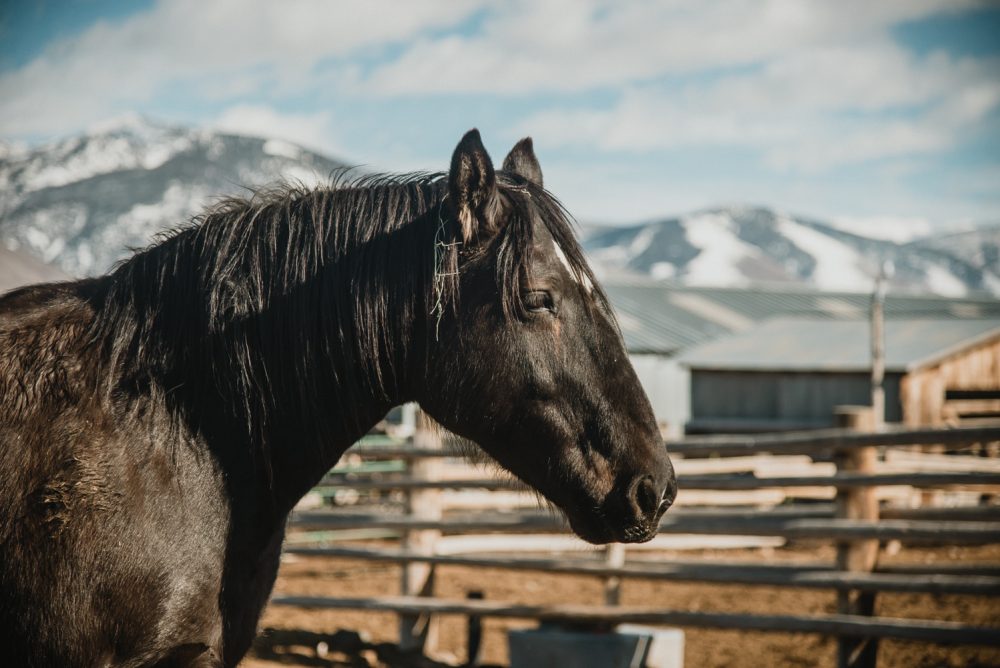
“I think some will work.”, Melanie quipped.
I could tell she needed more time. Linnaea was just thoughtful. Annie and Maddy were just having fun watching the horses act out, as they milled a circle around us in a steady procession. Meanwhile, Melanie and Linnaea chatted as they gestured and pointed to individuals in the corral.
Finally, Melanie spoke up. “I think we’re good.” And she proceeded to point out the ones that she thought would partner with us. And they would be good partners, if we picked right. Because they had already lived in some of that most uninhabitable to most horses country. They were adapted to it and were born in it. They knew the rocks, the grass, and the predators. It was in their blood.
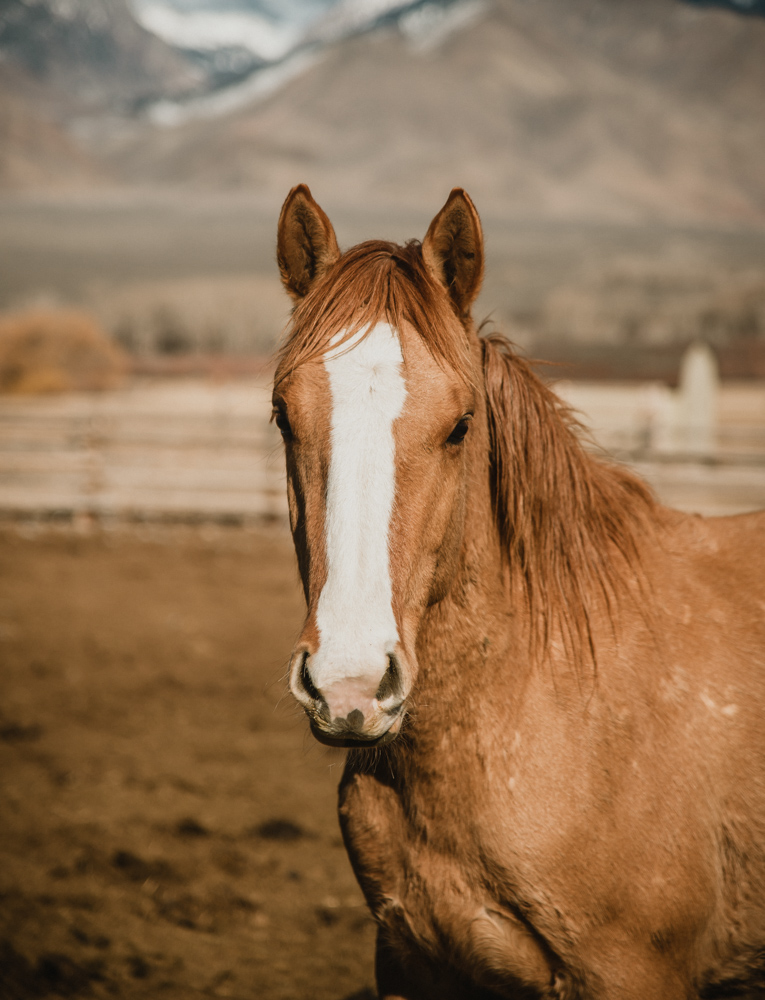
This was in contrast to other horses we tried up there. Some just couldn’t handle it. They lacked both the psychological/emotional as well as the physical demeanor to pull it off. And we pulled them off. Pasture horses, we call them.
Back to that frozen corral: As bystander/financier, I noticed something that I was positive was not lost on the girls as we finalized the deal. The eight head that they all selected mysteriously gathered in a row in the middle, standing only 30 feet away from the small herd of humans. They looked thoughtfully, and even softly as they regarded us, occasionally raising nose and nostril, hoping to gain a scent.
And as we drove away in our own aging flatbed pickup, we threw the heat on to stave off the cold that had permeated our bones. There were five of us jammed in that pickup with no less than four cowdogs. As my gals chatted animatedly about the horses they picked, I reflected on how that went down. I recalled how at the end, they stood in a line, regarding us.
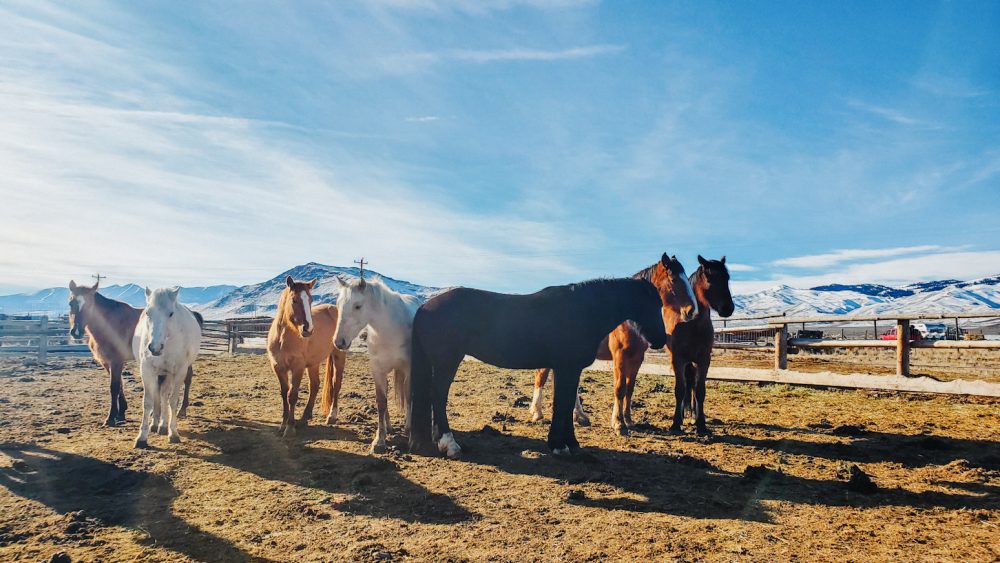
And I thought that perhaps we had it all wrong.
Did they choose us?
Happy Trails.
-Glenn

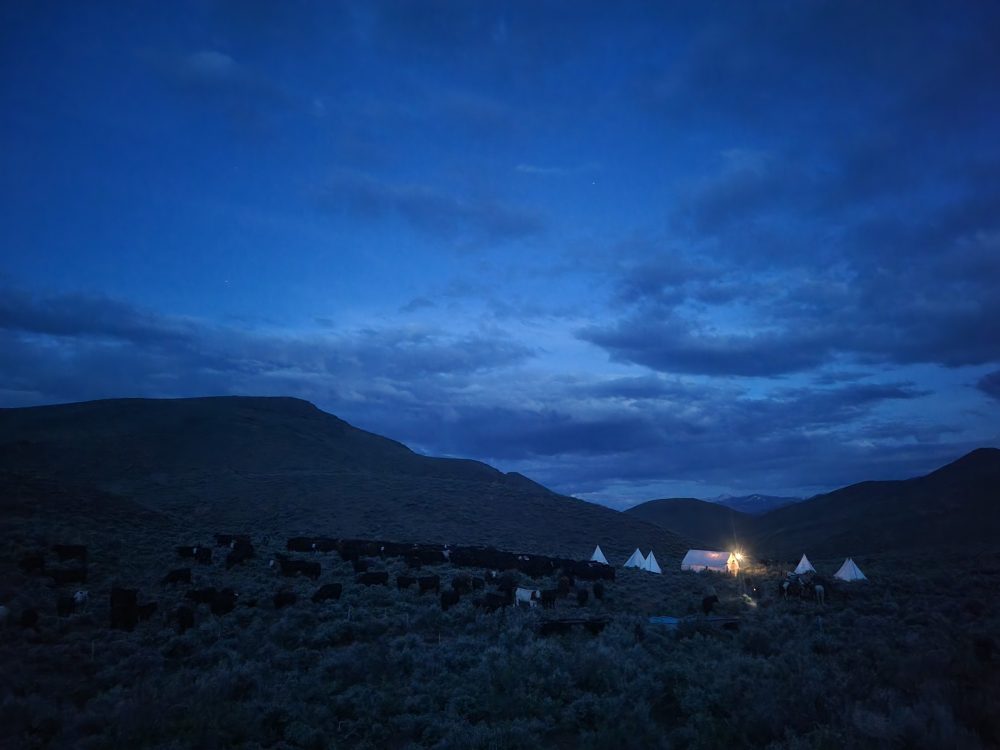
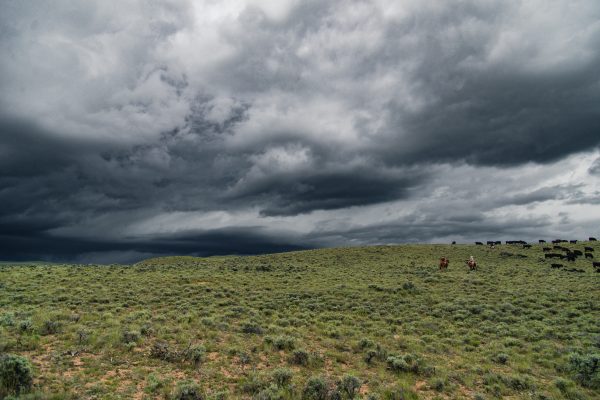
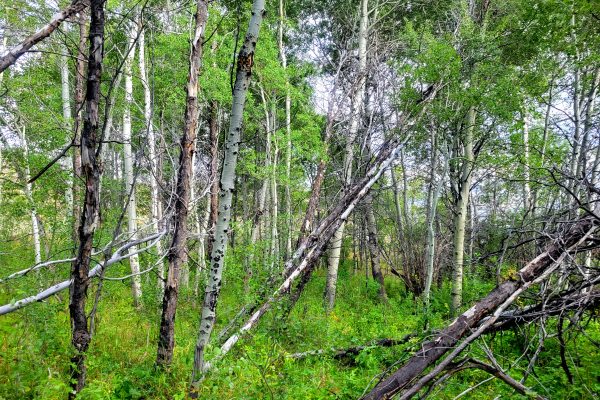

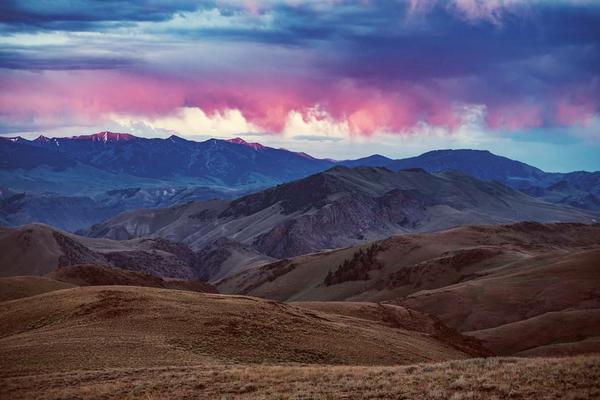
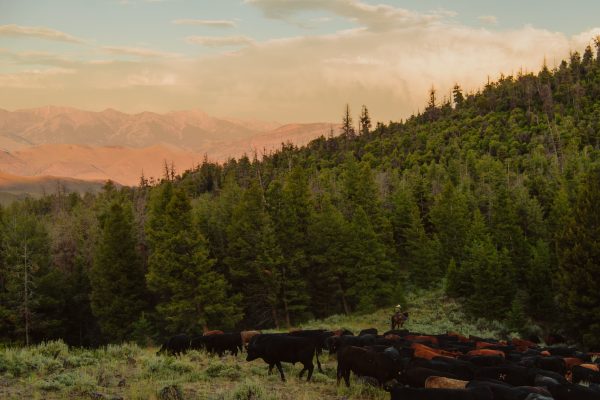
John Madany
Great story of natural selection!😀
Caryl Elzinga
I’ve repeated this pun to my crew. They love it, John!
-glenn
Anthony Reilly
Bruiser Reigns…
King on the mountain.
This is cool.
Caryl Elzinga
Yes…he got the last dibs on that place after all. His progeny will still ride on.